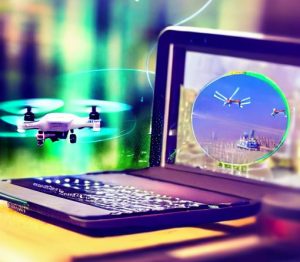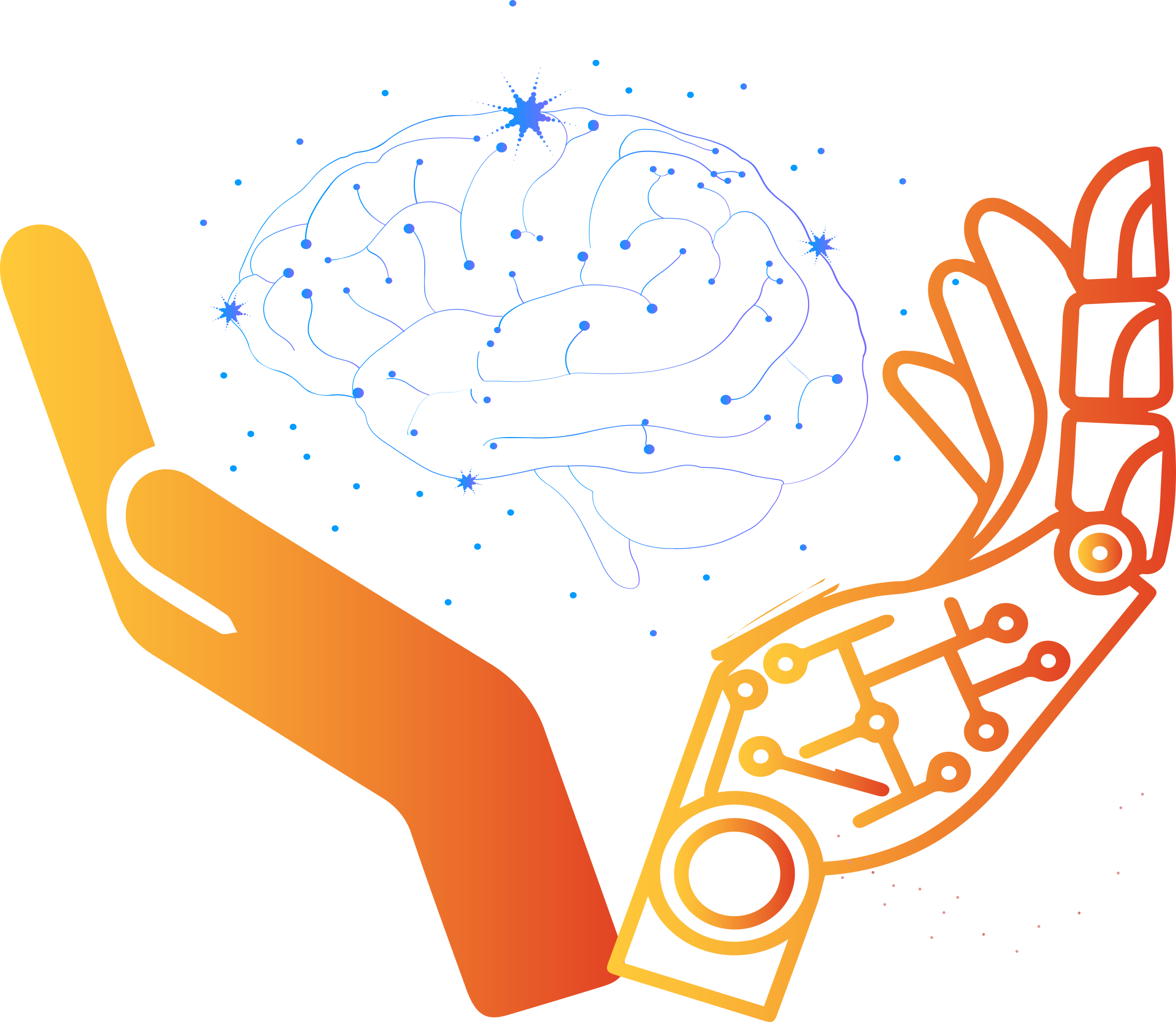Applications and Innovations in Aerial Robotics – (Drones)
Introduction
Robotic drones, also known as unmanned aerial vehicles (UAVs), have revolutionized various industries with their versatility, mobility, and ease of use. Over the past few years, drones have rapidly gained popularity due to their wide-ranging applications in fields such as photography, videography, agriculture, construction, delivery, and more. With advancements in technology, drones have become more sophisticated, offering increased capabilities and opening up new possibilities. In this blog, we will explore the applications and innovations in aerial robotics, highlighting the transformative impact of robotic drones in various industries.

1. Applications of Drones
I. Photography and Videography: Drones equipped with high-definition cameras have transformed the photography and videography industry. They can capture stunning aerial images and videos, providing unique perspectives that were once difficult or impossible to achieve. Drones are used in aerial photography, real estate, event coverage, and filmmaking, among others.
II. Agriculture: Drones are increasingly used in agriculture for crop monitoring, crop spraying, and precision farming. They can collect data on crop health, growth patterns, and nutrient levels, helping farmers make informed decisions for optimized crop management. Drones can also spray fertilizers and pesticides, reducing the need for manual labor and minimizing environmental impact.
III. Construction and Infrastructure: Drones are employed in construction and infrastructure projects for surveying, mapping, and monitoring. They can quickly and accurately survey large areas, create 3D models, and monitor construction progress. Drones also improve safety by reducing the need for workers to access hazardous areas, such as tall structures or unstable terrains.
IV. Delivery and Logistics: Drones are being tested and used for delivering packages in remote areas, disaster-stricken zones, and congested urban areas. They offer the potential to revolutionize the logistics industry by providing faster, more cost-effective, and environmentally friendly delivery options.
V. Search and Rescue: Drones equipped with thermal cameras and other sensors are utilized in search and rescue operations. They can quickly search large areas, locate missing persons, and provide real-time situational awareness to rescue teams, improving the chances of saving lives in critical situations.
VI. Environmental Monitoring: Drones are used for environmental monitoring, such as monitoring wildlife populations, tracking deforestation, monitoring water quality, and assessing natural disasters. They provide valuable data for research, conservation efforts, and disaster management.
2. Innovations in Drones
I. Artificial Intelligence (AI) and Machine Learning: Drones are incorporating AI and machine learning technologies to enhance their capabilities. AI algorithms can process data collected by drones in real-time, enabling them to autonomously navigate, make decisions, and perform tasks with increased accuracy and efficiency.
II. Swarming and Collaboration: Drones are being developed to work collaboratively in swarms, mimicking behaviors seen in nature, such as birds or insects. Swarming drones can communicate, coordinate, and collaborate to perform complex tasks, such as mapping large areas or monitoring multiple targets simultaneously.
III. Long-Range and Autonomous Flight: Advances in battery technology, avionics, and propulsion systems have extended the flight range of drones. Long-range drones can cover vast distances, making them suitable for applications such as remote sensing, monitoring wildlife, or delivering medical supplies to remote areas. Autonomous flight capabilities enable drones to operate without human intervention, enhancing their efficiency and safety.
IV. Sensing and Perception: Drones are equipped with advanced sensors, such as LiDAR, thermal cameras, hyperspectral cameras, and multispectral cameras, enabling them to collect rich data for various applications. These sensors provide valuable insights for agriculture, mapping, and environmental monitoring, among others.

